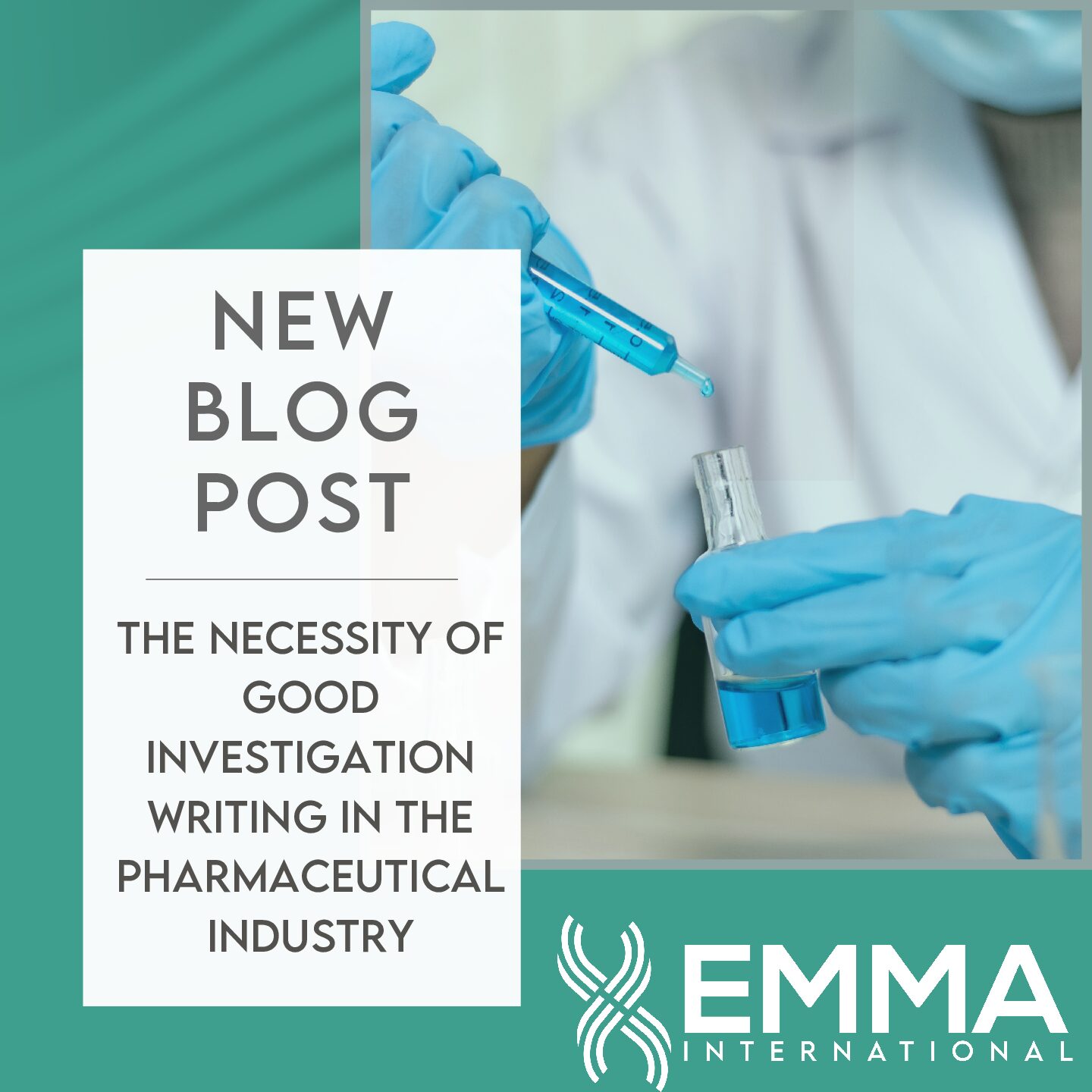A lot of work goes into a 510k submission for a medical device. Companies that submit a 510k for a product have to carefully consider multiple factors, one such factor is the sterility of the device. Though the submission for a sterile device and a non-sterile are similar there are several small, yet significant differences. If you need some general help with your 510k submission, check out these tips by EMMA International.
One of the most important things that will be needed for a sterile devices 510k submission is the actual demonstration of sterility. Sterilization testing is needed for any device declaring sterility, whether it’s a surface device or implanted device.[1] Data from that testing showing the device is actually sterile is needed so that the FDA knows that the sterility is not just a baseless claim but actually based on fact. Now, the company producing the device may decide to perform the testing themselves or they may outsource the testing to a laboratory that follows Good Laboratory Practices (GLPs).
Aside from testing data sterility will also need to be stated in several places. Those places include, but are not limited to:
- The intended use statement
- The indications for use statement
- The proposed labeling
The sterility needs to be repeatedly listed in multiple places so that it is obvious to any user of the device. Having the sterility listed in the areas above is necessary for a 510k submission.[2] EMMA International can help clear up any confusion when it comes to how to label a product and understanding label claims.
Finally, the predicate device comparison will also be affected if the device is going to be sterile. The device needs to be shown to be substantially equivalent to the predicate device, which includes a comparison of sterility. Choosing a predicate that helps demonstrate the sterility of the device being developed is important.
510k submissions are a challenge no matter what kind of device the submission is for or what type of 510k is being submitted. EMMA International can help understand what is needed for a 510k submission and even help file the submission with the FDA. EMMA International provides Full Circle Consulting services, give us a call at 248-987-4497 or email us at info@emmainternational.com to get in touch with our team of experts today.
[1] FDA (September 2020) Use of International Standard ISO 10993-1, “Biological evaluation of medical devices – Part 1: Evaluation and testing within a risk management process,” Retrieved 01/08/2022 from https://www.fda.gov/regulatory-information/search-fda-guidance-documents/use-international-standard-iso-10993-1-biological-evaluation-medical-devices-part-1-evaluation-and
[2] FDA (April 2019) Content of a 510(k), Retrieved 01/09/2022 from https://www.fda.gov/medical-devices/premarket-notification-510k/content-510k






